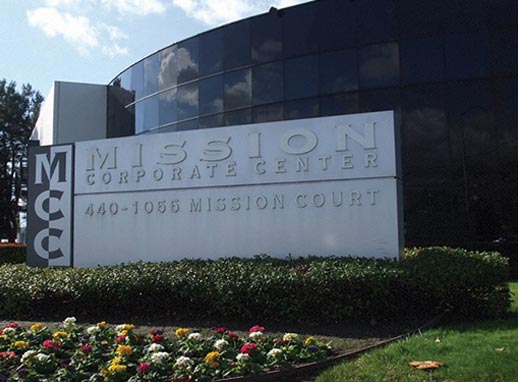In the networking field there’s been a lot of talk over the last few years about “Software-Defined Networking”. What exactly is Software-Defined Networking (SDN)? What are the benefits of SDN? Does it require the purchase of new networking gear to support it? Are there any interoperability issues? In this post I’ll speak to each of these areas.
Software-defined networking is broadly defined as a method to abstract the control plane (routing) from the data plane (switching) in today’s network infrastructures. This is a concept that has been around for a number of years now, but recently has been gaining momentum in enterprise networks due to the high rate of adoption for datacenter virtualization technologies. When server virtualization first came on the scene, one of the primary challenges systems administrators faced was dealing with storage. Specifically, how to provide flexible, scalable, and highly-available storage for their virtualized servers. The evolution of the Storage Area Network (SAN) help to solve this problem. As server and storage virtualization become more ubiquitous, new deployment models are beginning to encounter challenges with traditional networking technologies such as Virtual Local Area Network (VLAN). Historically VLAN has been used for layer two network isolation, and is typically implemented in hardware. The challenge for today’s datacenter administrators is reconfiguring VLANs at the speed with which the same changes can be made to virtualized compute and storage systems. For example, an administrator often will provision a virtual server and storage in a matter of minutes. However, if the underlying network infrastructure requires changes, these changes can take days, weeks, and months in some large enterprises. Software-defined networking aims to address these challenges by virtualizing the network infrastructure in much the same way as the hypervisor virtualizes compute resources and the SAN virtualizes storage resources.
A virtualized network provides the flexibility and scalability required for today’s dynamic, virtualized workloads. It is an essential requirement for the modern, private cloud infrastructure. In support of this, Microsoft introduced their SDN implementation in the form of Hyper-V Network Virtualization (HNV) in Windows Server 2012. HNV is realized through a component called the Hyper-V Extensible Switch, which can be managed via PowerShell or System Center 2012 Virtual Machine Manager SP1. For their SDN implementation, Microsoft has taken the approach of leveraging Network Virtualization with Generic Routing Encapsulation (NVGRE) to create an overlay network. NVGRE encapsulation allows for the transparent tunneling for virtual network traffic over a physical network medium. This approach allows for the rapid deployment of virtual networking by leveraging today’s existing networking gear. There is no requirement to upgrade or replace existing network technologies to support Microsoft virtual networking.
Once virtual networking has been configured, new network resources can be provisioned at the same speed as servers and storage, eliminating a serious provisioning bottleneck and dramatically improving the speed with which a new virtualized resource can be brought online. Since the virtual network operates independently of the physical network, virtual workloads can be migrated to any physical host without regard to the network on which the host is located. A virtual network can be dynamically provisioned and de-provisioned based on network connectivity requirements for any given application. The dynamic configuration of networking resources is managed by System Center Virtual Machine Manager 2012 SP1 and can be automated with the use of tools like System Center Orchestrator and Windows PowerShell. In addition, Hyper-V virtual networking overcomes the upper limit of around 4000 networks imposed by VLAN. By contrast, NVGRE can support more than 16 million discrete networks, ensuring large enterprises can grow without restriction and that hosting providers can on-board more customers than conventional networking technologies will allow.
If there’s one drawback to implementing Microsoft Hyper-V virtual networking, it is that virtual networks cannot natively communicate with physical networks. This shortcoming is easily resolved with the use of a network virtualization gateway, which I’ll discuss in more detail in my next post. Stay tuned!
--Rich


